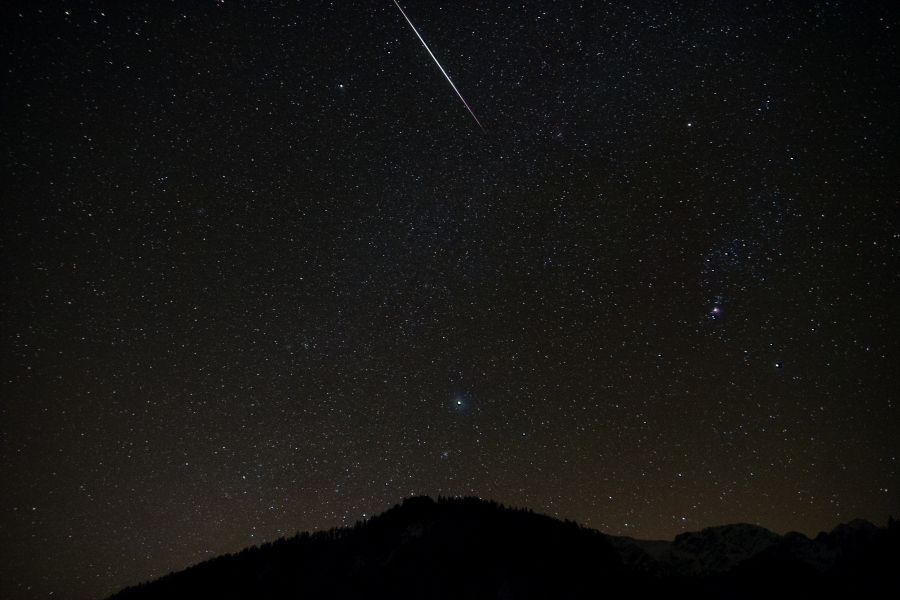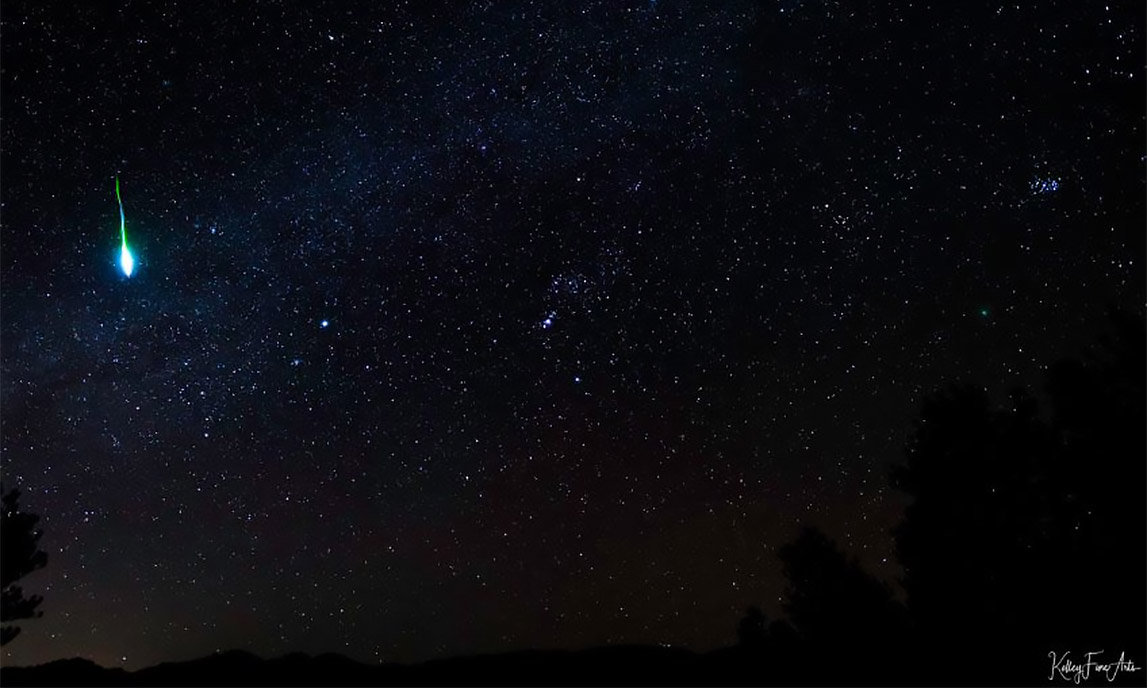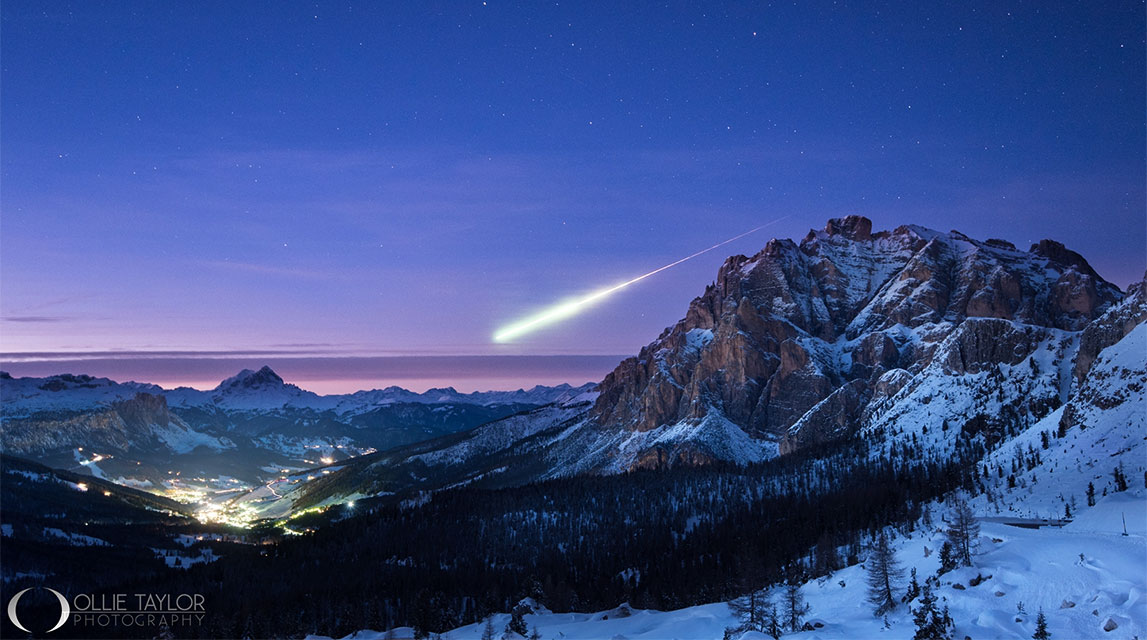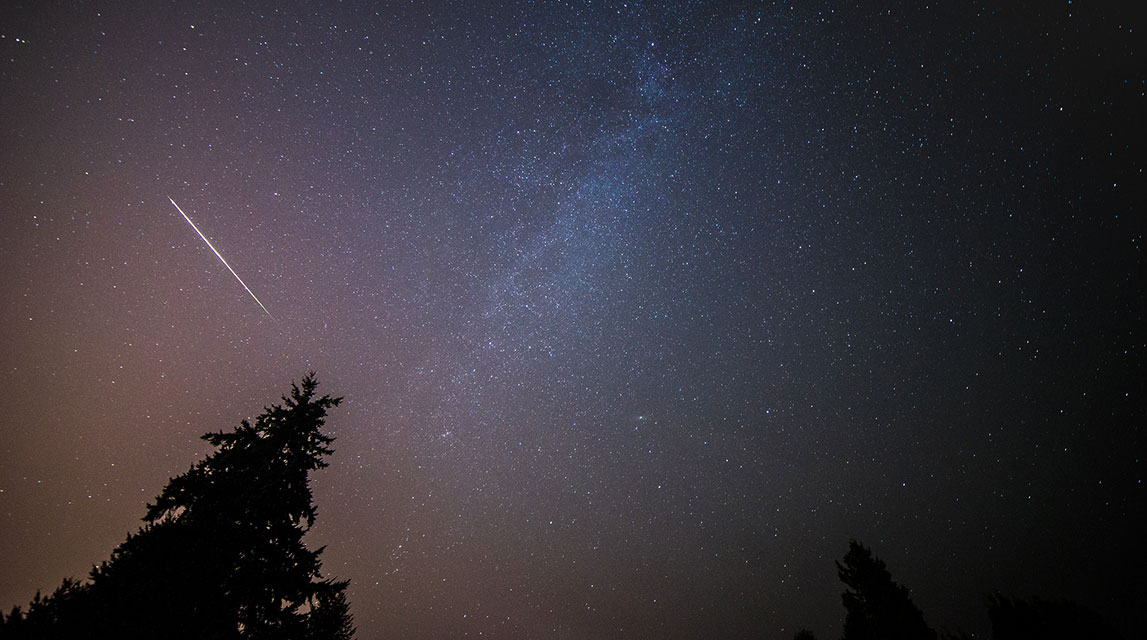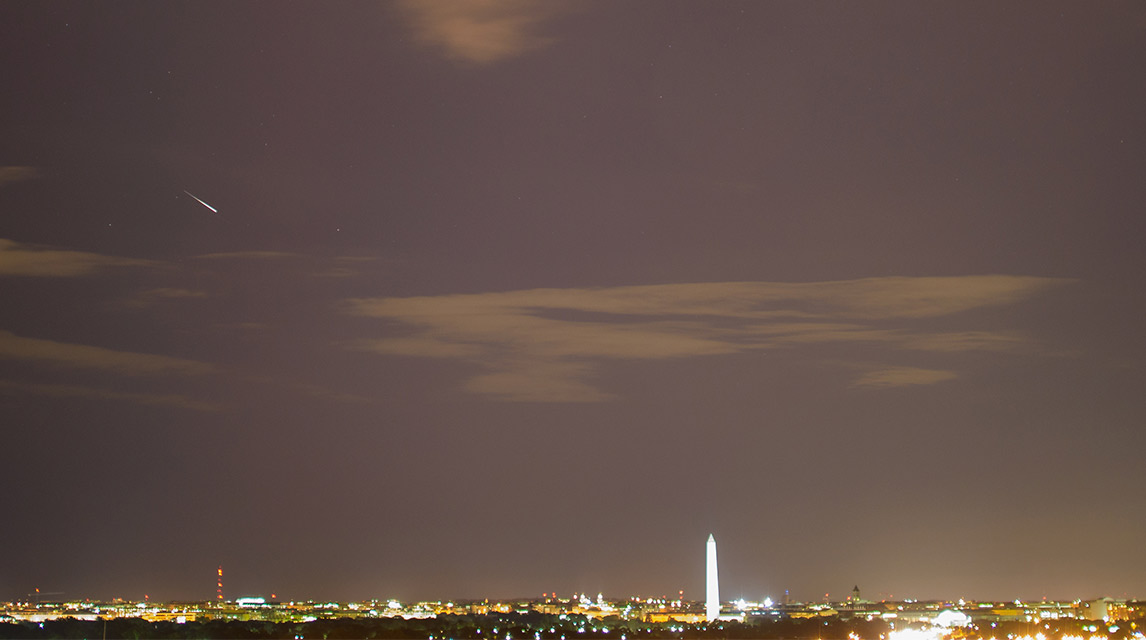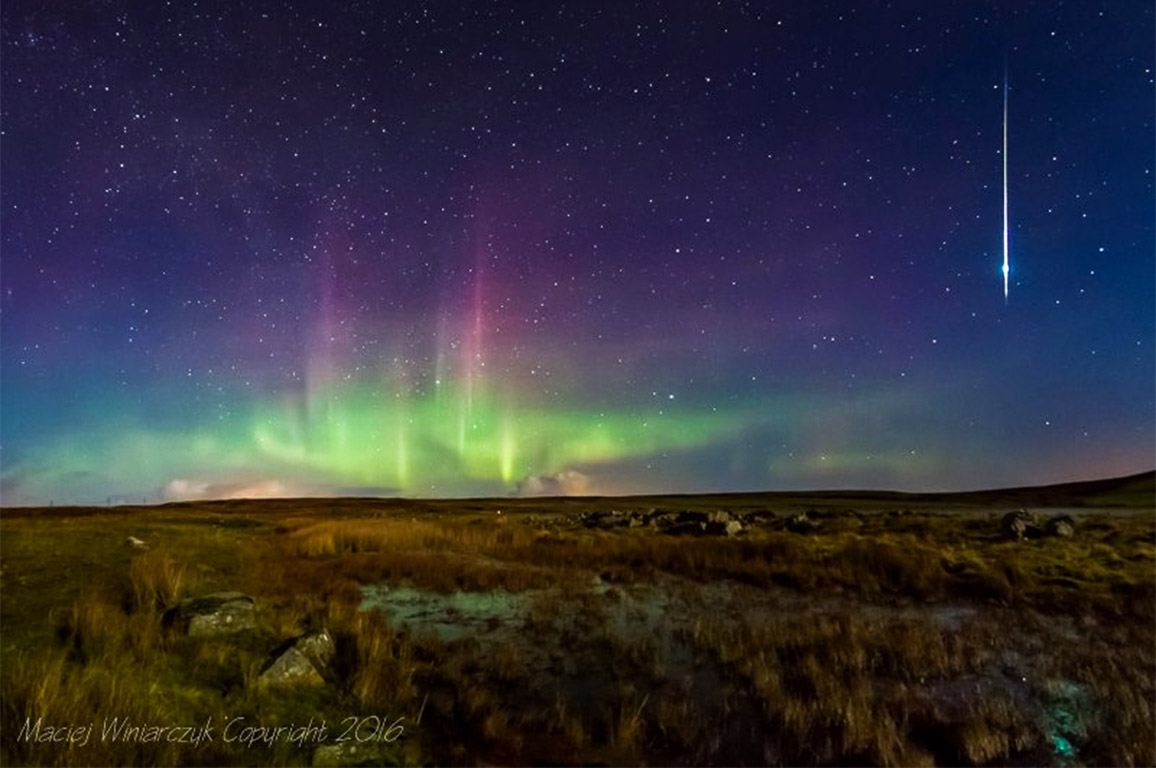
Meteor Activity Outlook for November 2-8, 2019
During this period the moon reaches its first quarter phase on Monday November 4th. At this time the moon will be located 90 degrees east of the sun and will set near 0200 local summer time. With each passing night the dark window between moon set and dawn shrinks so by next weekend there is little time for viewing in a dark sky.
 American Meteor Society
American Meteor Society
